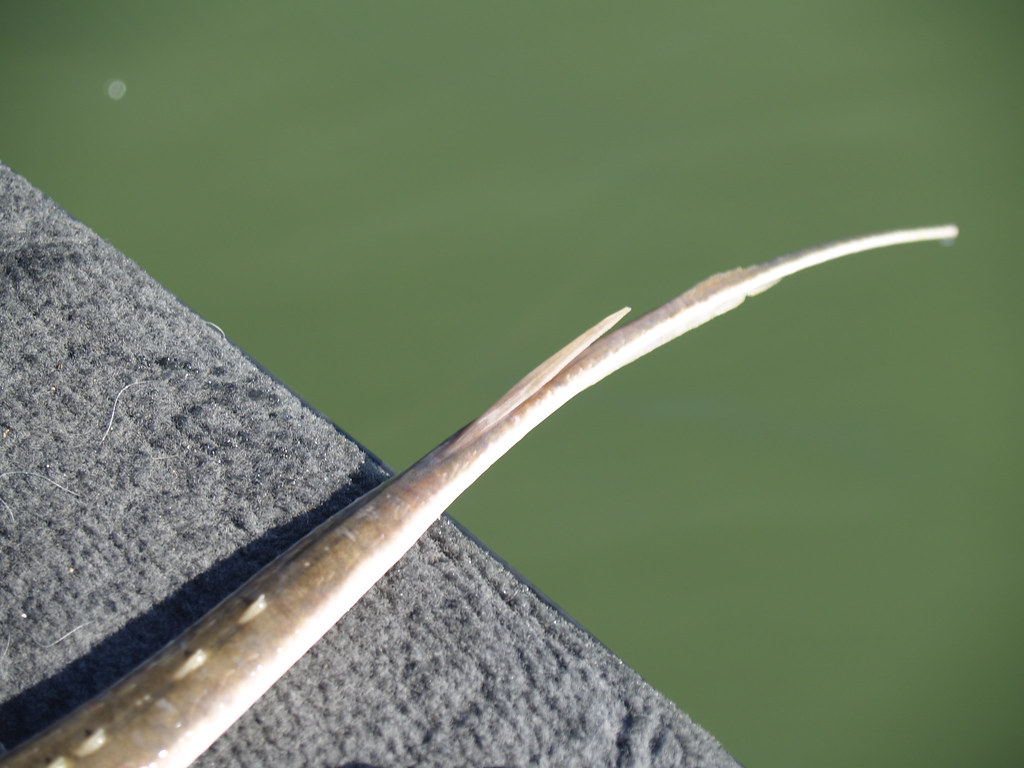The stingray barb is a fascinating and often misunderstood feature of one of the ocean's most graceful creatures. These barb-like structures, located on the tail of stingrays, serve as both a defense mechanism and a tool for survival in their natural habitats. As we delve deeper into the world of stingrays, we uncover the importance of the stingray barb, its biological significance, and the role it plays in the lives of these unique marine animals.
Stingrays, belonging to the family Dasyatidae, are known for their flattened bodies and long, whip-like tails that often have one or more barbs. The stingray barb is a modified spine coated with a venomous sheath, allowing these creatures to protect themselves from predators. Despite their somewhat fearsome reputation, stingrays are generally docile and prefer to glide along the ocean floor rather than confront threats directly. Understanding the biology of the stingray barb can help dispel myths and promote a greater appreciation for these magnificent creatures.
In this article, we will explore various aspects of the stingray barb, including its structure, function, and the implications for humans who encounter these marine animals. Through a series of informative headings and subheadings, we will answer common questions and provide insights into the world of stingrays and their barbs. Join us as we navigate the depths of the ocean to uncover the secrets of the stingray barb.
What is the Structure of a Stingray Barb?
The structure of a stingray barb is both fascinating and complex. The barb itself is made of a hard, calcified material similar to bone, which allows it to withstand pressure and damage. The outer layer is covered with a sheath of skin that contains venom glands, which release toxins when the barb penetrates the skin of a predator or threat. This unique structure serves as a powerful defense mechanism, deterring potential threats and allowing the stingray to escape danger.
How Does the Stingray Barb Function in Defense?
The stingray barb functions as a vital tool for defense in the wild. When threatened, a stingray can quickly whip its tail to strike at a predator, delivering a painful sting. The venom from the barb can cause severe pain, swelling, and in some cases, even more serious health issues. This ability to defend itself ensures that stingrays can thrive in their environments, despite the dangers they may face.
What Are the Different Types of Stingray Barbs?
There are several species of stingrays, each with its own unique type of barb. Some of the most common types include:
- Southern Stingray: Known for its broad, flat body and single barb.
- Atlantic Stingray: Features a more slender body and can possess multiple barbs.
- Yellow Stingray: A smaller species with a distinct yellow coloration and a single barb.
How Do Stingrays Use Their Barbs in Hunting?
While the primary function of the stingray barb is defense, it can also play a role in hunting. Stingrays are bottom feeders, often using their barbs to uncover hidden prey in the sand or mud. When hunting, a stingray can dig into the substrate with its barb, exposing crustaceans, mollusks, and small fish. This ability to manipulate the environment makes the stingray a highly effective predator in its ecosystem.
Are Stingray Barbs Dangerous to Humans?
The question of whether stingray barbs are dangerous to humans is often raised, especially by those who enjoy water activities. While stingrays are generally not aggressive, accidental encounters can lead to injuries. Most incidents occur when a person steps on a stingray, causing it to react defensively. It is crucial for beachgoers to be aware of their surroundings and to shuffle their feet when walking in shallow waters to avoid startling these creatures.
What Should You Do If Stung by a Stingray Barb?
If you are unfortunate enough to be stung by a stingray barb, it is essential to remain calm and seek medical attention immediately. Here are the steps to take:
- Rinse the wound with hot water to help alleviate pain.
- Remove any visible debris or barb fragments.
- Seek professional medical treatment for further care.
Can Stingray Barbs Be Used in Traditional Medicine?
In some cultures, stingray barbs have been utilized for traditional medicinal purposes. The venom extracted from the barb has been studied for its potential therapeutic properties, including pain relief and anti-inflammatory effects. However, it is essential to approach this topic with caution, as the use of venom can vary significantly depending on the species and individual circumstances.
Conclusion: Embracing the Beauty of Stingray Barbs
In conclusion, the stingray barb is a remarkable adaptation that plays a crucial role in the survival of stingrays. By understanding the structure, function, and implications of these barbs, we can foster a greater appreciation for these unique marine animals. Whether we encounter stingrays while diving, fishing, or enjoying a day at the beach, it is essential to respect their space and recognize the beauty of their natural defenses.
You Might Also Like
Megyn Kelly's Children: A Glimpse Into 2024Exploring The Life And Legacy Of Gloria Marie James
Unveiling The Story Of Andrew Freeman: The Rising Soccer Star
Unveiling The Life And Legacy Of Frances Bavier
Unveiling The Life Of Gotye's Żona
Article Recommendations
- Paige Vanzants Erotic Experience Revealed
- Corey Perry Family A Closer Look At The Life And Legacy
- Linda Evans Today A Remarkable Journey Of Stardom And Beyond

:max_bytes(150000):strip_icc()/stingray-barb-Dave-Fleetham--Design-Pics-Perspectives-Getty-56a5f7a83df78cf7728abf19.jpg)
